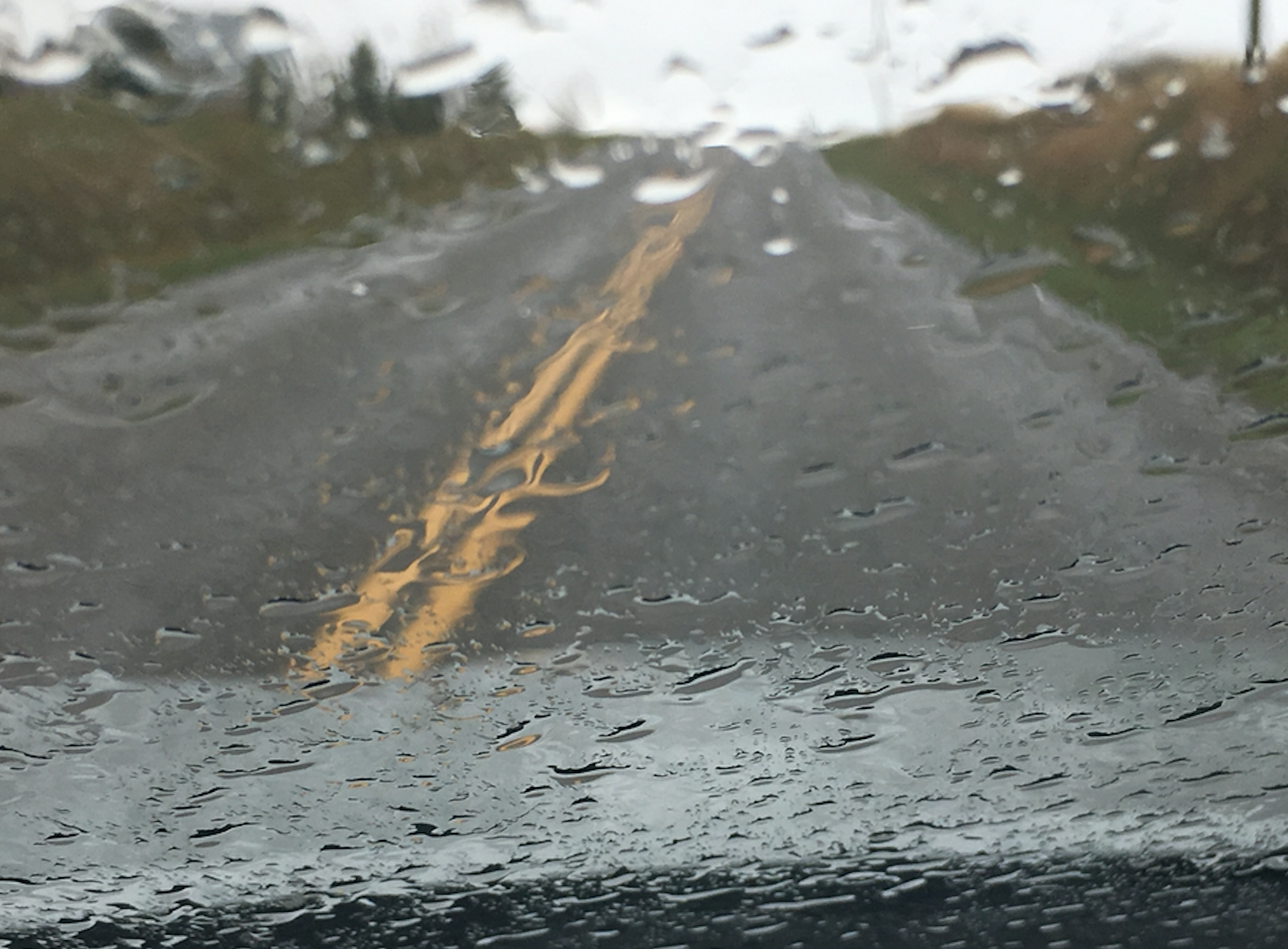Driving in the rain is one of the most common challenges drivers experience. And it can be a nerve-racking and dangerous experience if you’re not prepared.
Every year, wet pavement contributes to nearly 1.2 million crashes around the country, turning thousands of people into personal injury victims. Below you’ll find a list of safety tips you’ll want to follow next time you’re driving in the rain. Pay attention:
Safety starts before you drive; always have your car checked: Make sure your windshield wipers are working correctly. Test headlights, tail lights, brake lights and turn signals. All these are extremely necessary when driving in the rain. Having the correct tire tread depth and pressure are also required to maintain traction on wet roadways.
Do not use cruise control: Although using this feature is perfectly fine in dry conditions, cruise control can increase the chances that you lose control of a car during wet weather. It may also reduce the driver’s concentration, which can be very risky in difficult weather conditions. In addition, if cruise control is used, if something happens, the driver may not be able to reduce the car’s speed quickly enough to prevent loss of traction.
Slow down and leave extra room: Speed limits and road regulations are designed for perfect weather conditions. Make sure you are at a safe distance from other vehicles and that you allow extra time to get to your destination.
Avoid hydroplaning: Hydroplaning occurs when tires rise up on a film of water. To reduce the chances of hydroplaning, drivers must slow down and avoid hard braking, turning sharply or other abrupt movements.
Driving in the rain requires that drivers be extra cautious and vigilant. Getting to your destination safely is more important than being there on time. If you or a loved one is a victim of a vehicle accident, contact us today for a free consultation.

